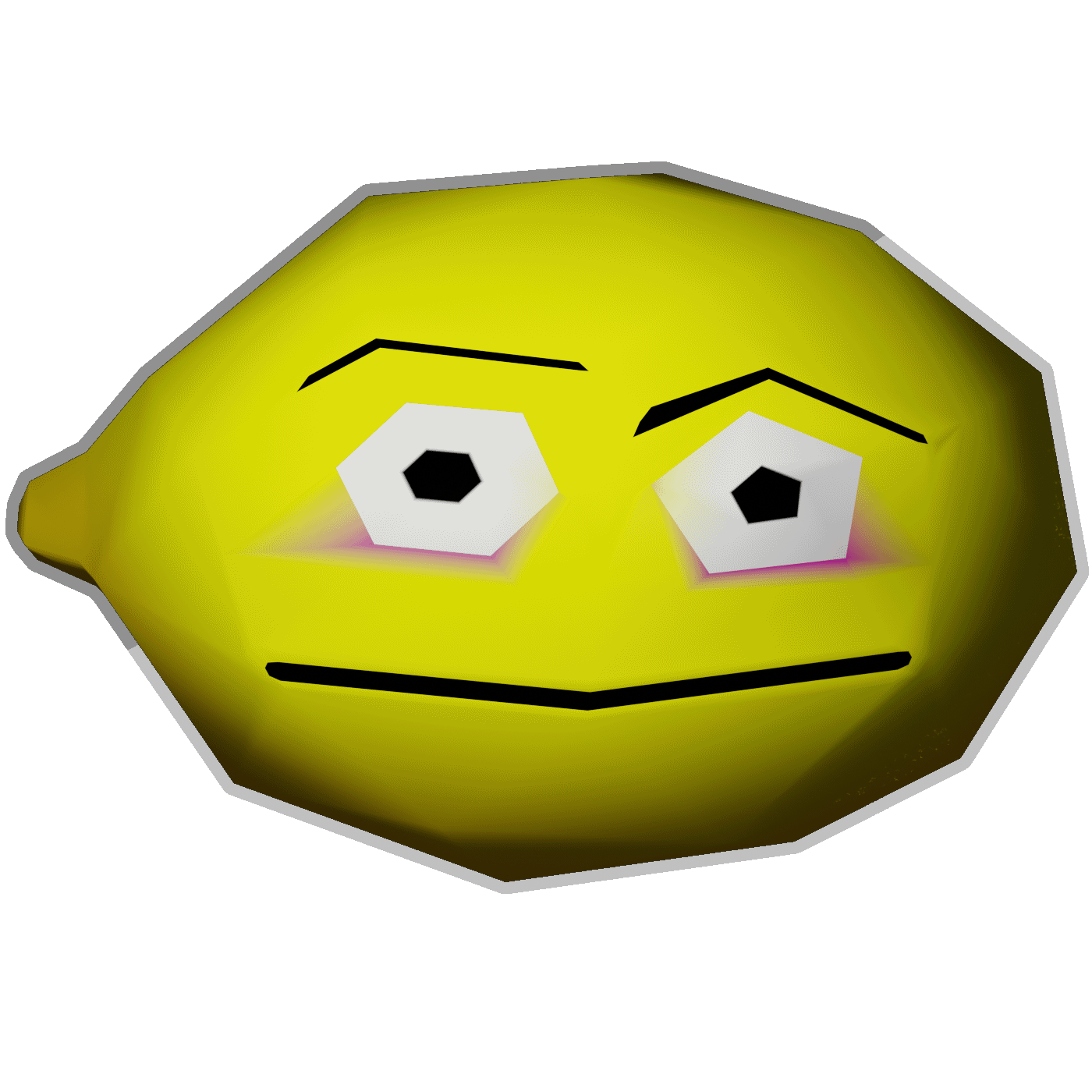Does anyone have any information about a #polygonal or #vector #tilemap ? Perhaps treating a live-rendered #svg file (or grid-based coordinates in code) as a #tileset for #raylib ?
Polygon tiles on their own wouldn’t be so bad, but it’d be nice to have the polygons connect/merge (visuals and performance, basically treating each tile as its exposed edge) plus autotiling (/bitmasking?) and other tilemap features.
An editor would be great, also #hexagon grid. Vertex colors and extra data (shape+color palette+item/decoration) would be nice too.
Or would it be more supported to just go with low-poly 3D? Though even in that case it would be good to have a gridmap.
Note that Godot 4 might allow polygon tiles (using scenes, I haven’t tried it, I expect it might be clunky) but I want to use #nim ( #NimLang ) and the bindings aren’t where they were for Godot 3 (there are at least 2 people who were working on their own bindings, but I wouldn’t know where to begin on testing them).


I can’t tell what you are looking for exactly but maybe this will help?
https://www.mapeditor.org/
I want a tilemap that doesn’t require textures. See the game N++ as an example. I want something that will allow higher resolutions/zooming along with low data footprint and easier creation (and dynamic features).
Aside from just a tilemap with flat corners and maybe different-angle slopes, I want polygonal art. Maybe basic triangles/shapes, maybe art made of multiple polygons (imagine something like Pixel Dungeon but polygons instead of pixel art).
I actually had that editor bookmarked, does it offer this? EDIT: I tried it and when creating a tilemap and the 2 options are both image-based, SVG is an option but it rasterizes it first.
EDIT: Added example of style difference. Well, it wouldn’t look exactly like that (depends on the system), I used inkscape and it isn’t exactly for making polygons plus I don’t know how to use it properly (I didn’t use a grid).
Also here’s an eye I made with Godot 4 (
clip childrenfeature). A rasterized version would be a lot heavier just because of the boiling animation (assets times 3), and that’s assuming the iris animation would still be in-engine.